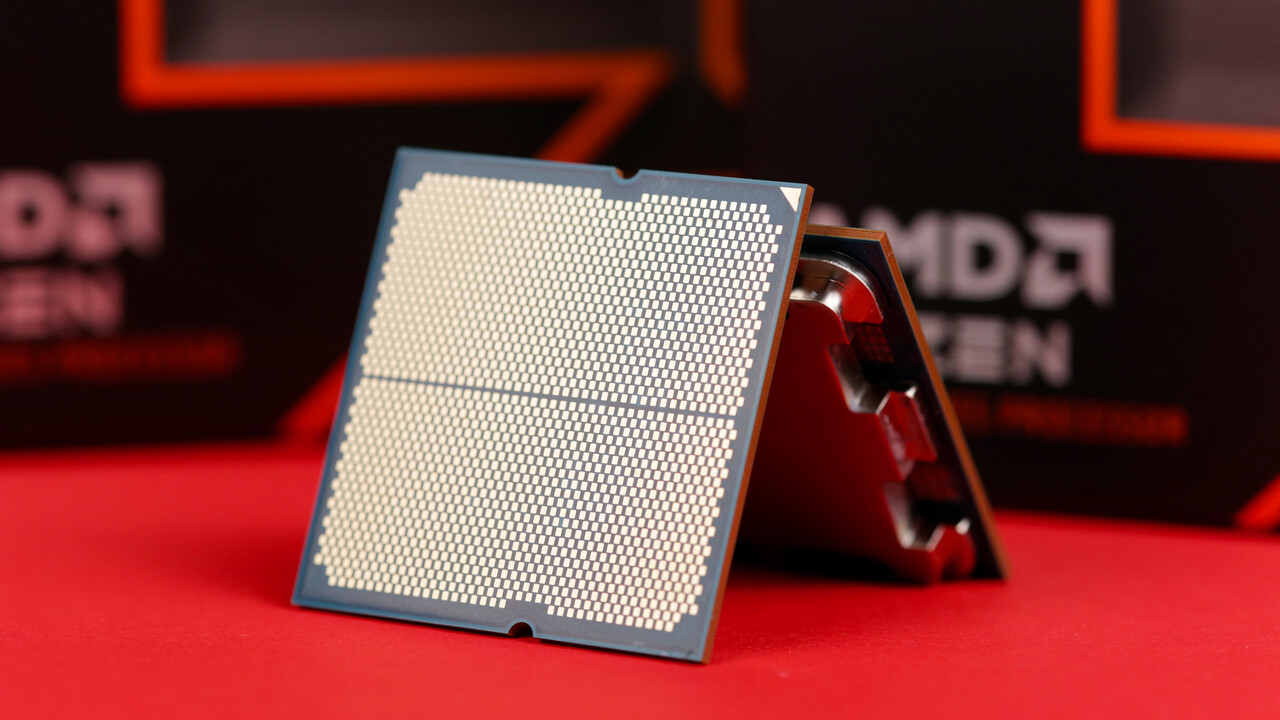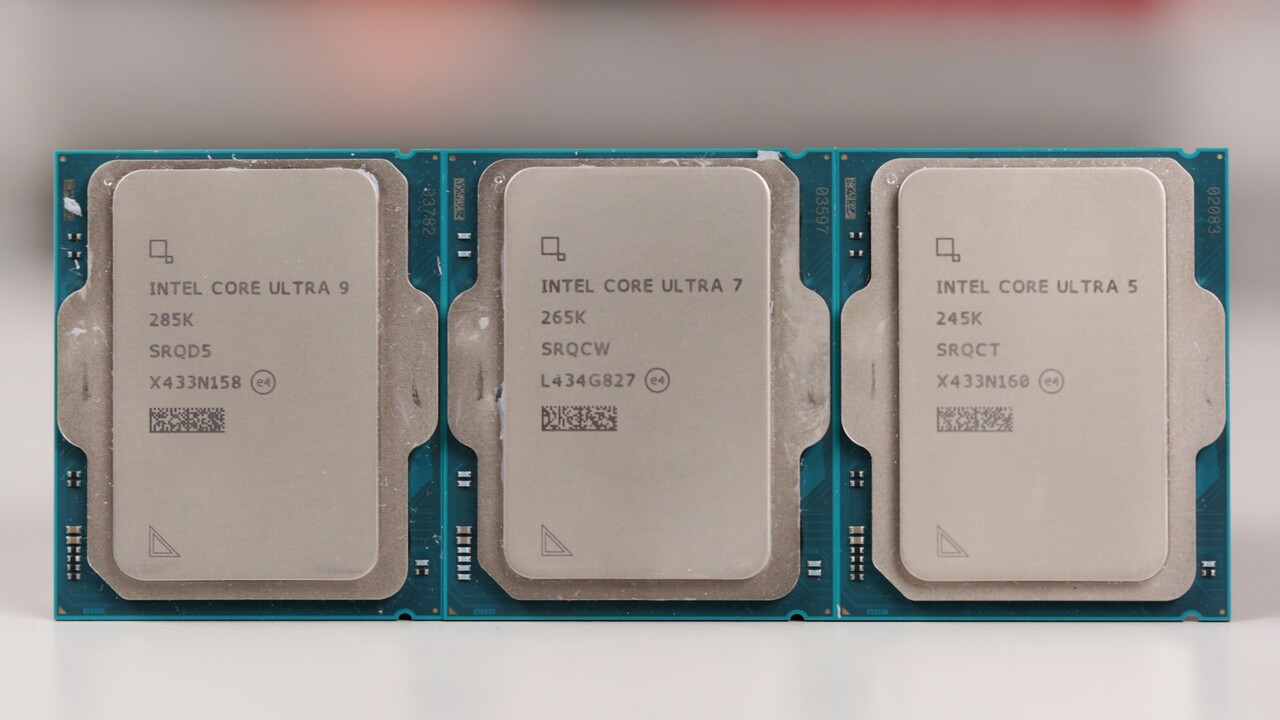ARM NIVA: Are dedicated CPU cores now coming to PCs? 17 comments

Image: ARM
ARM gave its platforms new names last week. In the future, CPU cores will no longer be called Cortex, but rather Lumex. Interestingly, ARM CEO René Haas also explicitly called NIVA a platform for PCs. Dedicated PC CPU cores haven’t yet been ARM, have you come up with NIVA now?
In the future, ARM’s solutions will no longer be called Cortex-x, -a, -r, and -m for application areas such as client, automotive, and IoT, but will be called specifically for the five computing platforms now chosen. Arm Neoverse for infrastructure, Arm Niva for PC, Arm Lumex for mobile, Arm Zena for automotive, Arm Orbis for IoT
A platform specifically for the PC segment
Neoverse (and is also continuing) was already known; all other names are new. Niva for PC stood out for the announcement of the new name, as a platform for the PC segment had not yet existed. Instead, the cores that provide Arm for smartphone processors can also be used for PCs. First and foremost, these are currently solutions such as the Cortex-x925 and Cortex-A725, from MediaTek and Nvidia for the GB10.
What can we expect from Niva?
If there will be two different ARM platforms in the future, i.e., the Lumex One for mobile and the Niva One for PC, what can we expect for Niva? The very fact that it’s a standalone platform suggests that ARM will also explicitly offer CPU cores for the PC segment in the future. This should then again mean larger cores above the Cortex-X925 and Cortex-A725, which are better suited to the PC segment than the current Cortex or future Lumex cores, at best losing out in terms of efficiency. Techastuce asked ARM if the company will also develop IP, specifically for the PC segment, in the future, precisely because the announcement of the new names suggests it. Unsurprisingly, the poor guy doesn’t anticipate anything in the response, which hasn’t yet been officially announced, but a clear rejection also seems different. The company is talking about an expanded portfolio designed to meet the demands of new markets and devices, including the growing demand for high performance and efficiency in PCs. The company is excited about the role it will play in the future of the PC ecosystem.
ARM’s portfolio continues to evolve to meet the needs of new markets and devices, including the growing demand for efficient and effective computing in PCs. We are excited about the opportunities ahead and the branch’s role in shaping the future of the PC ecosystem.
ARM
Niva shows that the poor are serious
While the fence post isn’t a clue, it does show where ARM is headed without interpreting too much into the statement. ARM has already arrived in the PC ecosystem, and while it’s currently primarily using ARM architecture, particularly with the Apple M series, it’s also been with Qualcomm for about a year. And with the GB10 from Mediatek and Nvidia, ARM has now also arrived on the desktop with Cortex, although it’s not a classic PC solution.
However, NIVA shows that the poor are serious and want to gain a foothold with dedicated solutions, otherwise it wouldn’t have needed to outsource under the new name.
Immortalis is not immortal
ARM’s responses to two other requests for information from TechAstuce were clear. On the one hand, the question was whether the special name “Immortalis” for GPUs with hardware ray tracing would be revived after only three generations, as according to the announcement, ARM wants to put more emphasis on Mali in the future. According to the response, this is also the case; only existing products in this class should continue to be called Immortalis. Speaking of GPUs: for PCs (with Windows), ARM should also support DirectX, which is currently not the case with an Immortalis or Mali implementation.
No renaming of existing solutions
A retroactive renaming of solutions is not expected. Only Neoverse has already used the new naming scheme and will continue with this name.
Topics: ARM PC systems processor Source: Own

Marc deciphers processors by testing their performance for gaming, content creation, and artificial intelligence.


